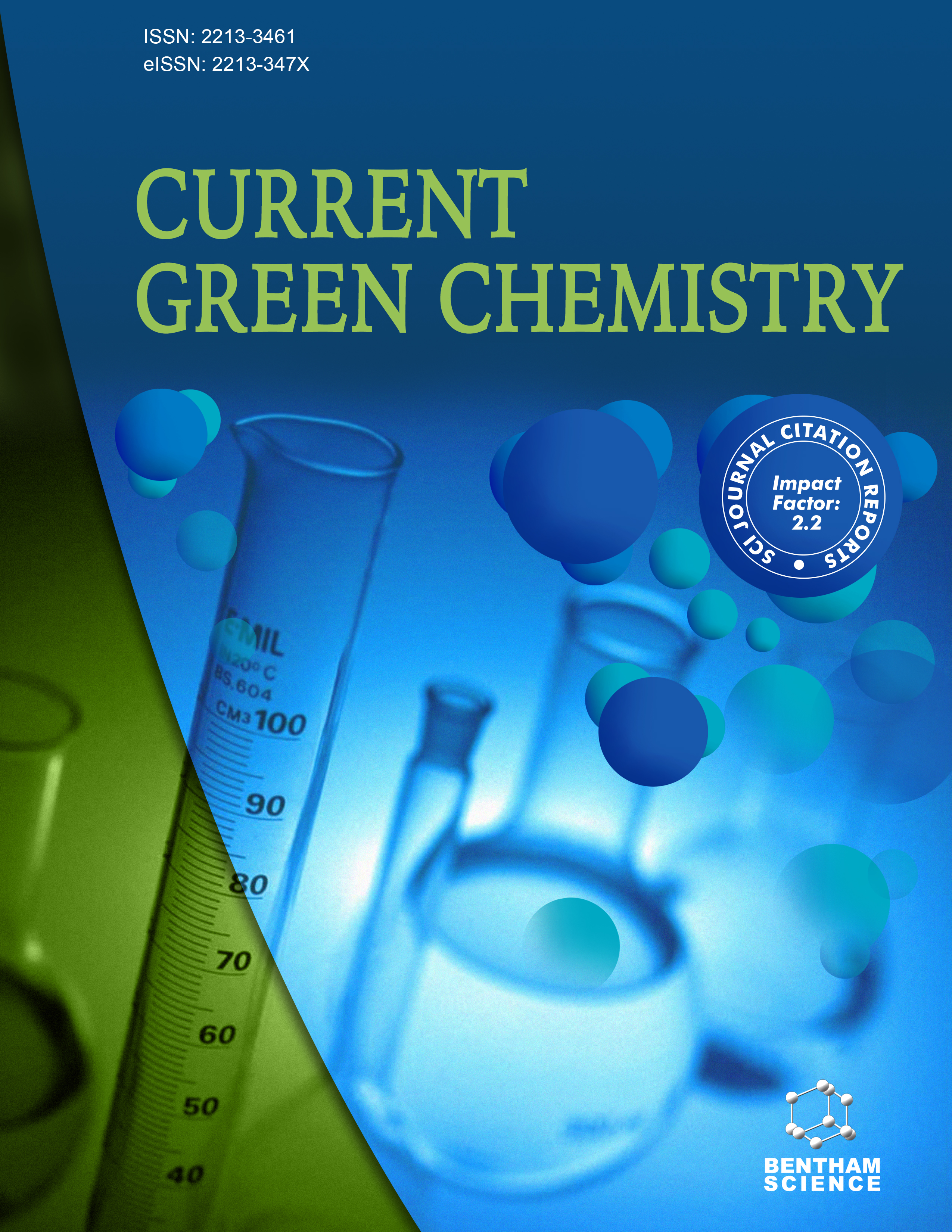
Full text loading...
We use cookies to track usage and preferences.I Understand

Wastewater management has emerged as a critical global challenge in the contemporary era. Several contaminants, like textile dyes, heavy metals, non-metals, various organic compounds, etc., are discharged into water sources, causing a significant threat to the ecosystem. With the limited availability of water resources, it is required to adopt green and sustainable wastewater treatment methods aligning with the United Nations Sustainable Development Goals (SDGs) 6, 7, and 13. This review paper draws insights on Hydroxyapatite (HAP), a versatile sustainable material derived from waste sources, both biological and non-biological sources, as a promising candidate for sustainable wastewater treatment. The study described the innovations using wastes for the synthesis of HAP by diverse methods like wet, dry, high-temperature, and hybrid methods, offering flexibility and adaptability in tailoring HAP material to particular applications. Additionally, the potential to fabricate HAP in various nanoscale structures, like nanoribbons, nanoflakes, and nanocomposites, further exalts its ability for effective contaminant removal. Cadmium and Lead are the key heavy metals of significant interest, have detrimental effects on various environmental factors, and their presence necessitates effective removal strategies. HAP, with its innate properties like high stability, swift kinetics, good adsorption capacity, and availability, has emerged as a promising waste-derived adsorbent for the removal of hazardous Cd and Lead ions. This review paper provides insights on a comprehensive overview of research works on HAP-based wastewater treatment, extending its potential to address the issue of heavy metal contamination and highlighting the universal principle ‘One Health’- the health of the ecosystem and its parts.

Article metrics loading...

Full text loading...
References


Data & Media loading...